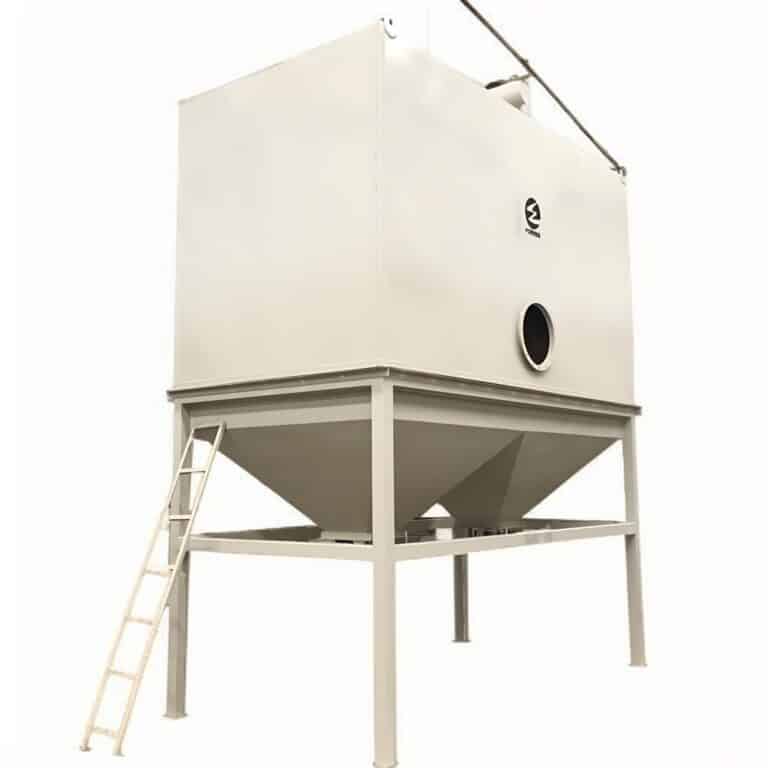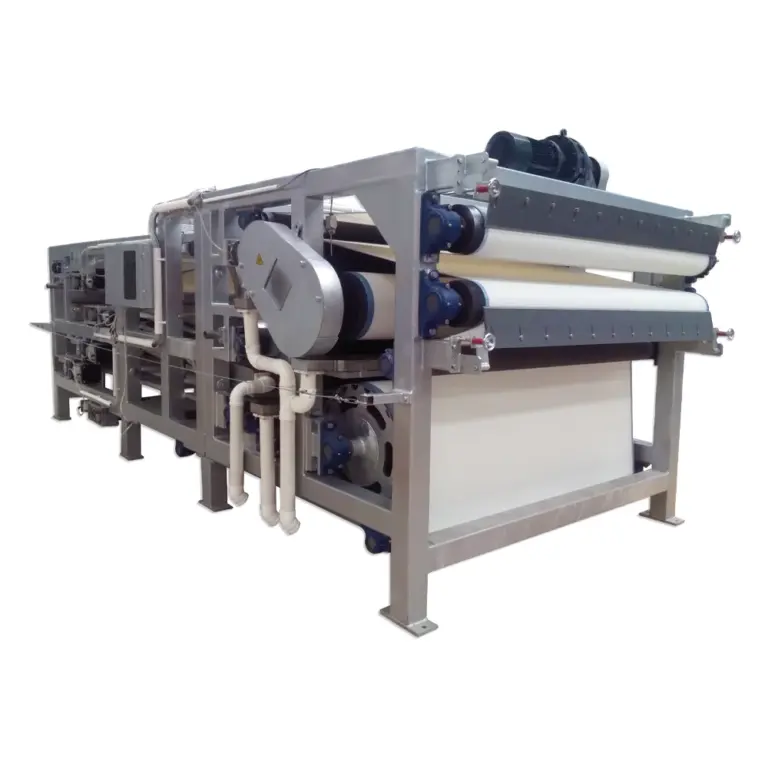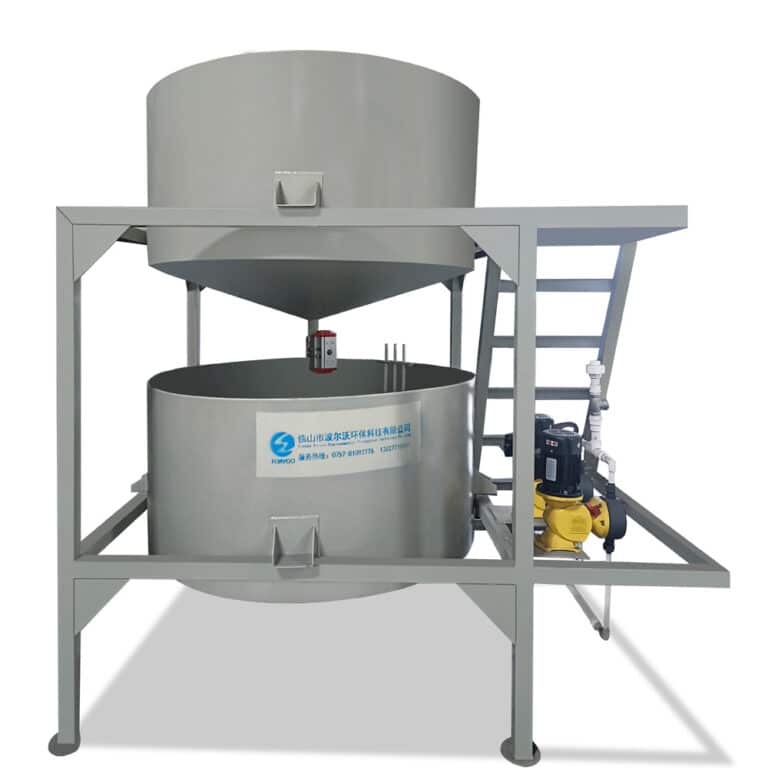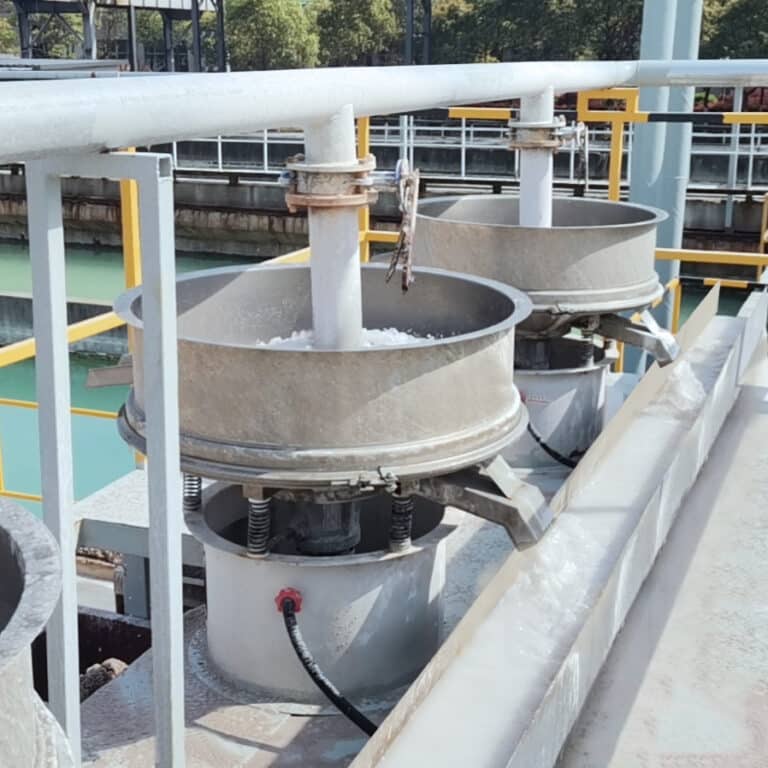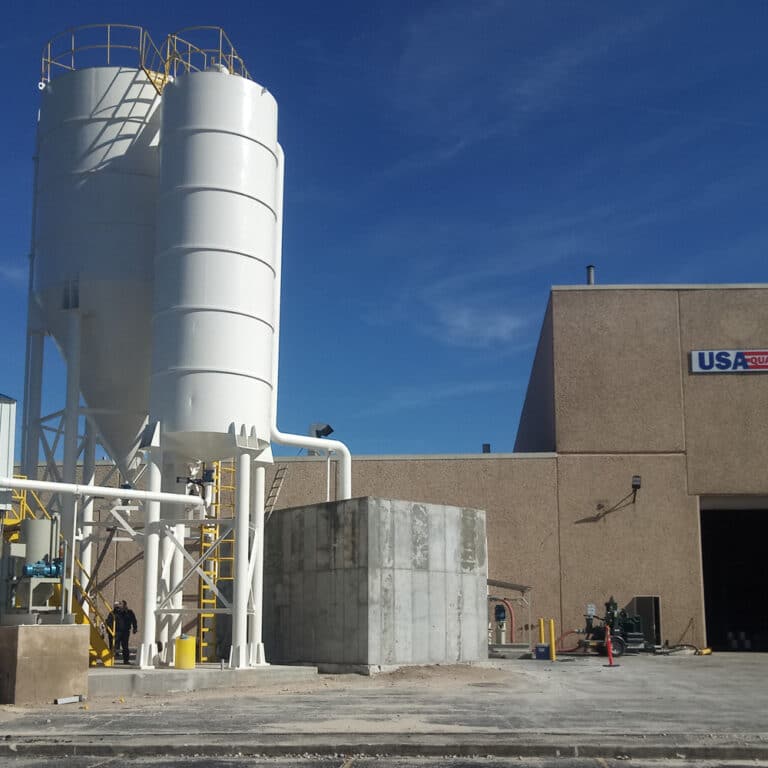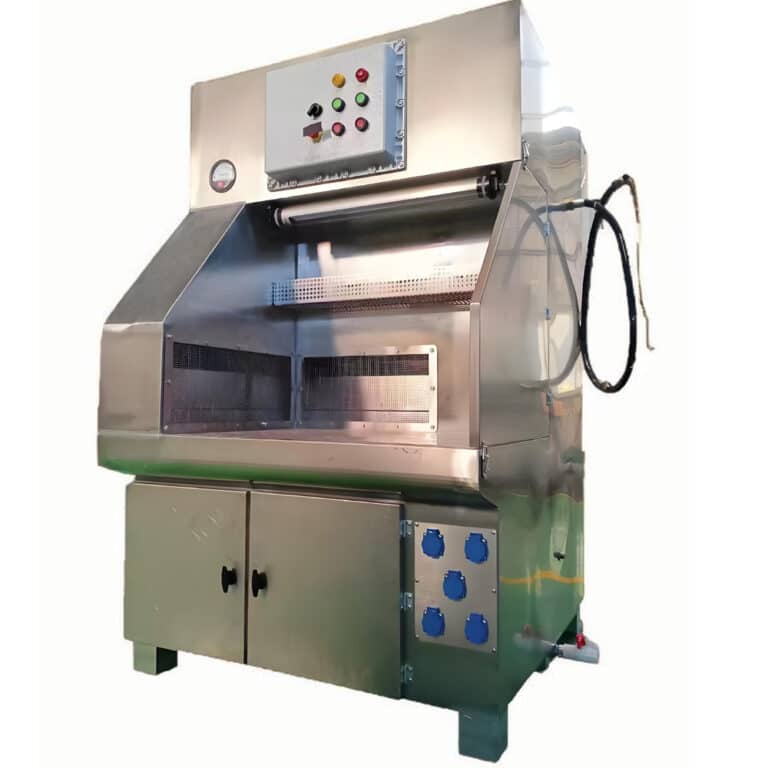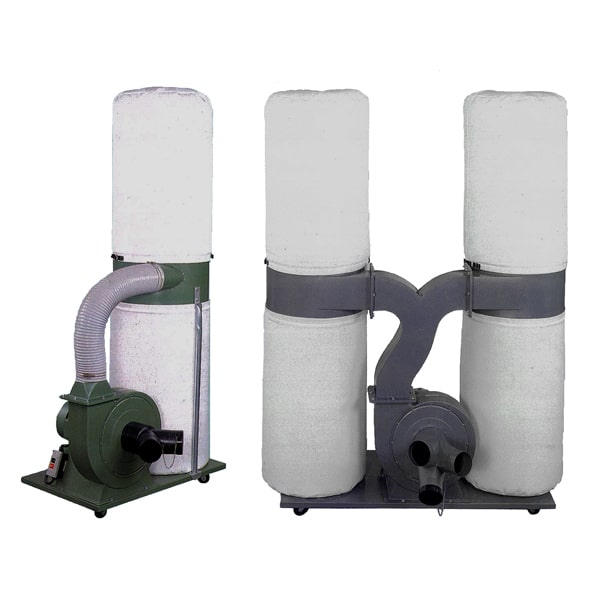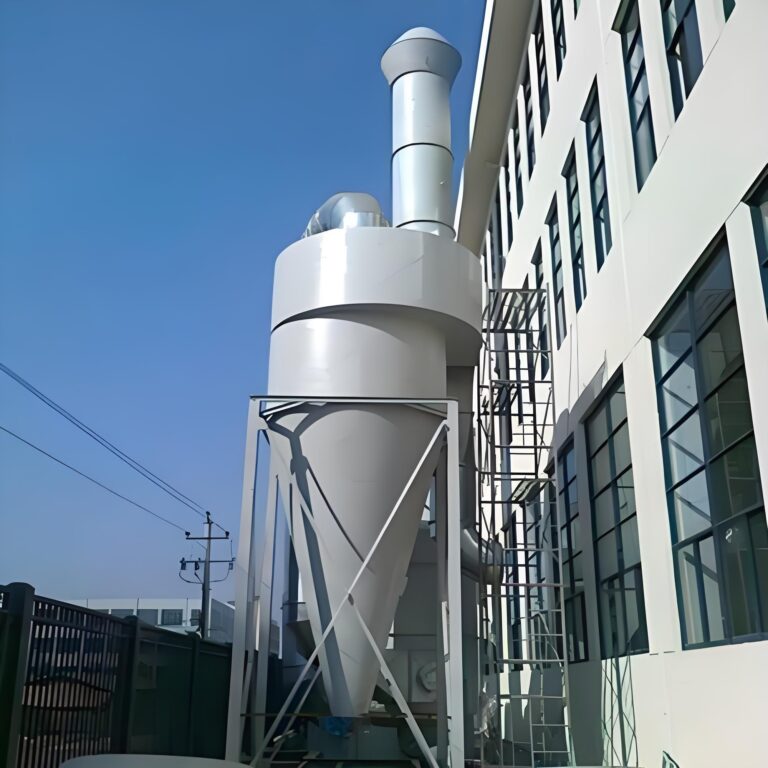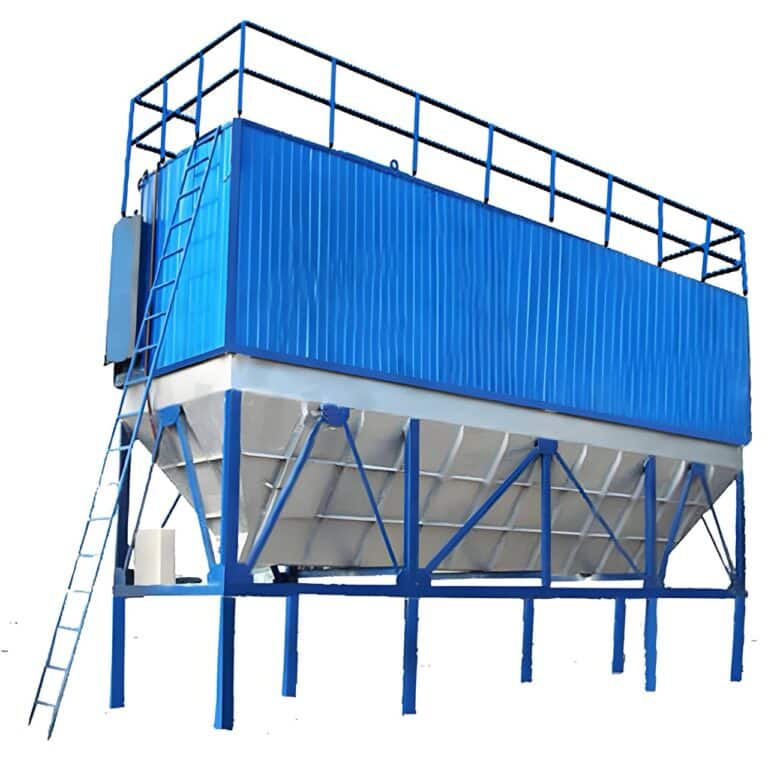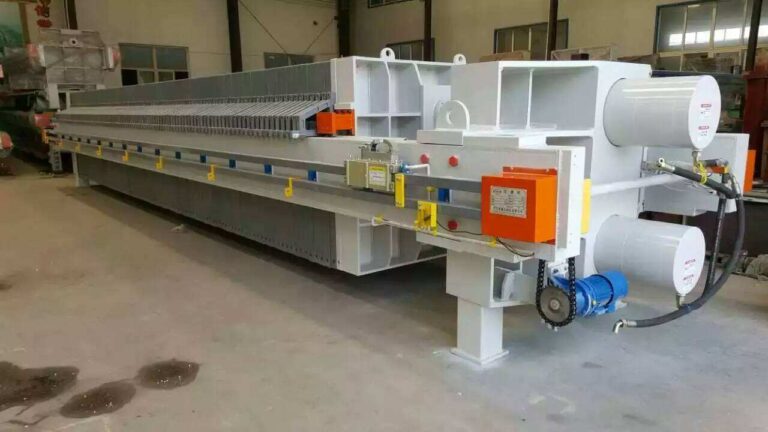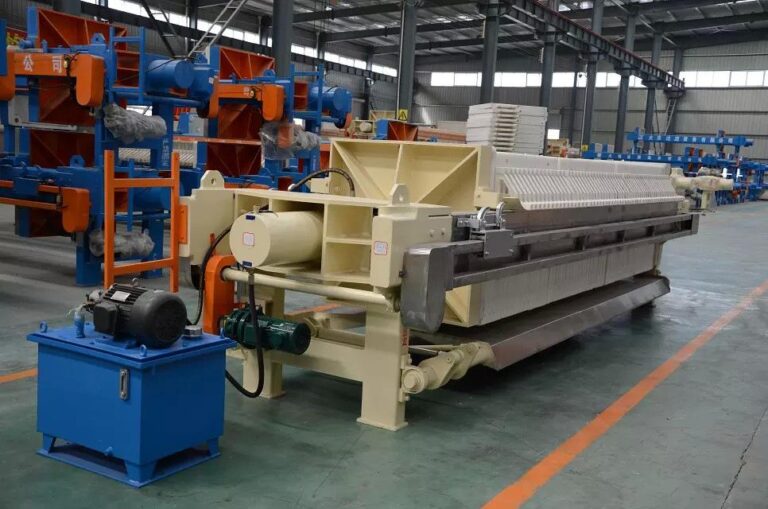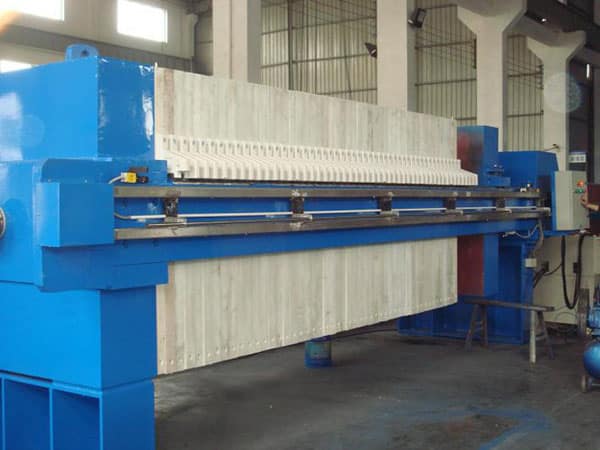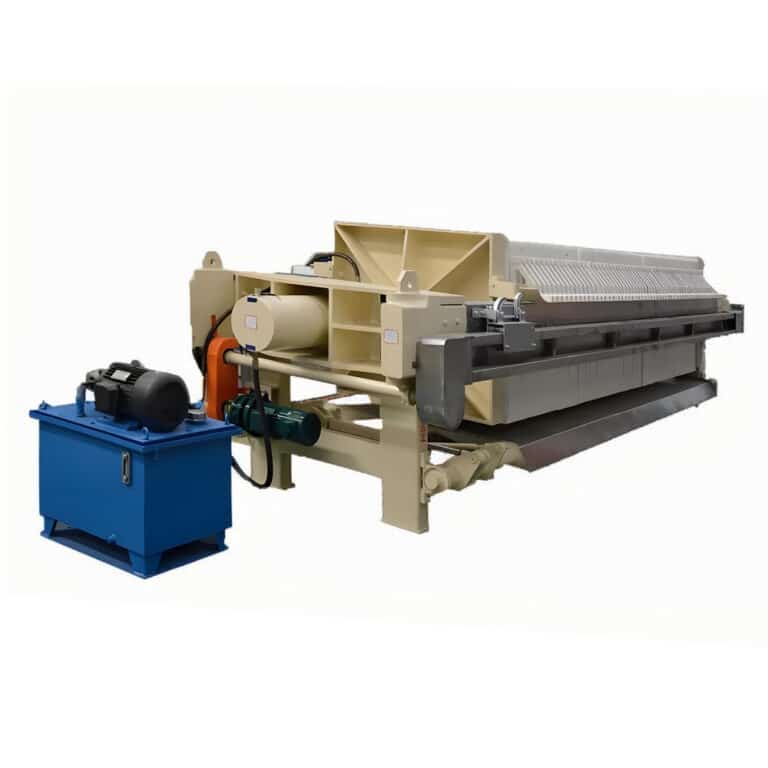I depolveratori a cartuccia si sono affermati come una tecnologia vitale, in grado di offrire soluzioni efficienti per la cattura del particolato aerodisperso e il miglioramento della sicurezza sul posto di lavoro. Questi sistemi avanzati utilizzano cartucce filtranti pieghettate per rimuovere efficacemente la polvere e altri contaminanti dall'aria, rendendoli essenziali in vari settori come quello manifatturiero, della lavorazione del legno, della trasformazione alimentare e farmaceutico. I depolveratori a cartuccia sono progettati per gestire un'ampia gamma di tipi di polvere, dalle particelle fini ai carichi di polvere più pesanti. Il loro design compatto consente una facile installazione in spazi ristretti, pur mantenendo un'elevata efficienza di filtrazione. Poiché le industrie continuano a dare priorità alla qualità dell'aria e alla conformità alle normative, l'adozione dei depolveratori a cartuccia è in aumento, grazie alla loro efficacia e facilità di manutenzione. Questo articolo esplora le complessità dei depolveratori a cartuccia, compresi i loro principi di funzionamento, i componenti chiave e i vantaggi che offrono alle applicazioni industriali. Approfondendo il mondo dei depolveratori a cartuccia, scopriremo perché stanno diventando la scelta preferita di molti settori e come contribuiscono a rendere l'aria più pulita e gli ambienti di lavoro più sicuri. Dal raggiungimento di un'elevata efficienza di raccolta alla riduzione dei tempi di inattività per la manutenzione e del consumo energetico, i depolveratori a cartuccia stanno definendo nuovi standard nella gestione della qualità dell'aria industriale.
I depolveratori a cartuccia rappresentano un significativo progresso nella tecnologia di filtrazione dell'aria, raggiungendo efficienze di raccolta fino al 99,97% per particelle di 0,3 micron, che li rendono ideali per diverse applicazioni industriali.
| Caratteristica | Collettori di polveri tradizionali | Collettori di polvere a cartuccia |
|---|---|---|
| Efficienza di filtrazione | Moderato | Alto (fino a 99,97%) |
| Dimensione | Più grande | Compatto |
| Manutenzione | Più complesso | Accesso e sostituzione più facili |
| Consumo di energia | Più alto | Più basso |
| Versatilità | Limitato | Ampia gamma di applicazioni |
| Durata del filtro | Più breve | Più lungo |
| Costo operativo | Più alto | Più basso nel lungo termine |
Come funziona un depolveratore a cartuccia?
Un depolveratore a cartuccia funziona secondo il principio della filtrazione dell'aria attraverso cartucce filtranti pieghettate. Il sistema aspira l'aria carica di polvere attraverso un condotto di aspirazione utilizzando una ventola o un soffiatore. Una volta all'interno del collettore, l'aria passa attraverso le cartucce filtranti dove il particolato viene catturato sulla superficie esterna del media filtrante. Il design pieghettato dei filtri a cartuccia offre una superficie più ampia rispetto ai tradizionali filtri a sacco, consentendo una filtrazione più efficiente in un ingombro minore. Quando l'aria passa attraverso il materiale filtrante, l'aria pulita viene rilasciata nell'ambiente, mentre le particelle di polvere rimangono intrappolate all'esterno delle cartucce. Per mantenere prestazioni ottimali, i depolveratori a cartuccia utilizzano un meccanismo di pulizia a getto d'impulsi. Questo sistema utilizza raffiche di aria compressa dirette nelle cartucce per rimuovere la polvere accumulata. Le particelle staccate cadono poi in una tramoggia di raccolta sottostante per essere smaltite. Questo processo di pulizia può avvenire mentre il sistema è ancora in funzione, garantendo un flusso d'aria continuo e tempi di inattività minimi.
I depolveratori a cartuccia possono funzionare ininterrottamente con un'interruzione minima grazie all'efficiente sistema di pulizia a getto d'impulsi, che consente periodi prolungati tra i cicli di manutenzione.
| Fase del processo | Durata (minuti) | Caratteristiche principali |
|---|---|---|
| Presa d'aria | Continuo | Distribuzione uniforme tra i filtri |
| Filtrazione | Continuo | Media filtrante pieghettata ad alta efficienza |
| Pulizia a impulsi | 1-2 | Raffiche di aria compressa per una pulizia efficace |
| Raccolta della polvere | Continuo | Rimozione assistita da gravità in tramoggia |
Quali sono i componenti principali di un depolveratore a cartuccia?
Un depolveratore a cartuccia è costituito da diversi componenti critici che lavorano insieme per garantire prestazioni efficaci di raccolta e filtrazione della polvere. La comprensione di questi componenti è essenziale per comprendere il funzionamento di questi sistemi. Il componente principale è costituito dalle cartucce filtranti. Queste cartucce sono in genere realizzate in materiali come il poliestere o la cellulosa, con un design pieghettato che massimizza la superficie e riduce al minimo la resistenza al flusso d'aria. Alcune cartucce sono dotate di rivestimenti speciali che migliorano l'efficienza di filtrazione o resistono all'umidità e agli agenti chimici. L'alloggiamento del collettore a cartucce è progettato per contenere tutti i componenti e fornire un facile accesso per la manutenzione. Comprende un condotto di ingresso per l'aria sporca in entrata, un'uscita per l'aria pulita per lo scarico dell'aria filtrata e una tramoggia di raccolta sul fondo dove si accumula la polvere. Il sistema di pulizia a getto d'impulsi è un altro componente vitale che assicura il funzionamento continuo pulendo periodicamente le cartucce filtranti con raffiche di aria compressa. Questo sistema comprende elettrovalvole che controllano il momento e la frequenza della pulizia in base alle letture del differenziale di pressione sui filtri.
I depolveratori a cartuccia avanzati possono funzionare in modo efficiente per periodi prolungati senza bisogno di grandi interventi di manutenzione, grazie alla loro struttura resistente e agli efficaci meccanismi di pulizia.
| Componente | Funzione | Caratteristiche speciali |
|---|---|---|
| Cartucce filtranti | Cattura del particolato | Design pieghettato ad alta efficienza |
| Alloggiamento | Contiene tutti i componenti | Facile accesso per la manutenzione |
| Sistema a getto d'impulsi | Pulire i filtri | Controllo automatico basato sulla pressione |
| Tramoggia di raccolta | Immagazzinare la polvere raccolta | Scarico assistito dalla gravità |
Quali sono i settori che beneficiano maggiormente dei depolveratori a cartuccia?
I depolveratori a cartuccia trovano applicazione in diversi settori industriali grazie alla loro versatilità ed efficacia nella gestione del particolato aerodisperso. Industrie come quella manifatturiera, della lavorazione del legno, dell'industria alimentare, farmaceutica e metallurgica fanno grande affidamento su questi sistemi per mantenere pulita la qualità dell'aria nelle loro strutture. Negli ambienti manifatturieri, i depolveratori a cartuccia sono essenziali per controllare le emissioni generate durante processi come la lavorazione, la saldatura e la rettifica. L'industria della lavorazione del legno beneficia in modo significativo dei collettori a cartuccia, in quanto catturano efficacemente la polvere di legno generata durante le operazioni di taglio e levigatura. Mantenendo bassi i livelli di polvere nell'aria, questi sistemi migliorano la sicurezza sul posto di lavoro e riducono i rischi di incendio associati ai trucioli di legno.Negli impianti di lavorazione degli alimenti, dove l'igiene è fondamentale, i depolveratori a cartuccia svolgono un ruolo cruciale nel mantenimento di ambienti puliti, rimuovendo la farina e altre particelle fini dall'aria durante i processi produttivi. Il loro design compatto consente inoltre di installarli in spazi ristretti senza compromettere le prestazioni.
Nella produzione farmaceutica, i depolveratori a cartuccia sono fondamentali per garantire la purezza del prodotto, evitando la contaminazione incrociata da parte del particolato aerodisperso durante i processi di produzione dei farmaci.
| Industria | Applicazione | Vantaggi principali |
|---|---|---|
| Produzione | Lavorazione e saldatura | Miglioramento della sicurezza dei lavoratori |
| Lavorazione del legno | Taglio e levigatura | Riduzione dei rischi di incendio |
| Lavorazione degli alimenti | Manipolazione di farina e polveri | Igiene migliorata |
| Prodotti farmaceutici | Produzione di farmaci | Previene la contaminazione incrociata |
In che modo i depolveratori a cartuccia migliorano l'efficienza operativa?
I depolveratori a cartuccia offrono miglioramenti significativi in termini di efficienza operativa rispetto ai tradizionali sistemi a maniche o ad altri tipi di filtri industriali. Il design pieghettato dei filtri a cartuccia massimizza la superficie e riduce al minimo la resistenza al flusso d'aria. Ciò significa che è possibile catturare un maggior numero di particelle senza aumentare significativamente il consumo energetico o richiedere ventilatori o soffianti più grandi. Inoltre, la manutenzione dei sistemi a cartuccia è generalmente più semplice di quella dei tradizionali filtri a maniche. I filtri a cartuccia sono spesso accessibili rapidamente dall'esterno dell'alloggiamento del collettore, senza dover essere smontati in modo approfondito o entrare in aree potenzialmente pericolose. Il meccanismo di pulizia a getto d'impulsi contribuisce inoltre in modo significativo all'efficienza operativa, consentendo un funzionamento continuo senza interruzioni per le operazioni di pulizia manuale o di manutenzione. I regolari cicli di pulizia automatizzati aiutano a mantenere nel tempo la portata del flusso d'aria e l'efficienza di filtrazione ottimali.
Alcuni studi hanno dimostrato che i depolveratori a cartuccia possono ridurre i costi operativi fino a 30% rispetto ai sistemi tradizionali, aumentando contemporaneamente l'efficienza di filtrazione di 20-30%. Questa combinazione di riduzione dei costi operativi e aumento della produttività può portare a un ritorno dell'investimento in soli 12-18 mesi per le applicazioni ad alto volume.
| Metrica dell'efficienza | Miglioramento rispetto ai metodi tradizionali | Impatto sulle operazioni |
|---|---|---|
| Spazio necessario | Riduzione fino a 50% | Installazione più semplice |
| Consumo di energia | Riduzione fino a 25% | Riduzione dei costi delle utenze |
| Tempi di inattività per la manutenzione | Riduzione fino a 50% | Aumento dei tempi di produzione |
| Efficienza di filtrazione | Fino a 99,97% | Miglioramento della qualità dell'aria |
Quali sono le ultime innovazioni nella tecnologia dei depolveratori a cartuccia?
Il settore della tecnologia dei depolveratori a cartuccia è in continua evoluzione, in quanto i produttori introducono nuove funzioni progettate per soddisfare le mutevoli esigenze del settore. Un'innovazione significativa è lo sviluppo di materiali filtranti avanzati che migliorano sia l'efficienza di filtrazione che la durata in condizioni operative variabili. Tra i recenti progressi vi è la tecnologia delle nanofibre applicata ai materiali filtranti che migliora significativamente i tassi di cattura delle particelle, mantenendo al contempo una bassa caduta di pressione attraverso i filtri, consentendo un flusso d'aria più efficiente attraverso il sistema e catturando efficacemente le particelle più fini. Un'altra area di innovazione riguarda i sistemi di controllo intelligenti che utilizzano sensori e analisi dei dati per ottimizzare automaticamente le prestazioni dei filtri in base alle condizioni in tempo reale all'interno dell'impianto. Questi sistemi possono regolare dinamicamente i cicli di pulizia in base agli effettivi differenziali di pressione, anziché affidarsi esclusivamente a programmi fissi, migliorando ulteriormente l'efficienza complessiva e riducendo al minimo il consumo di energia. Anche la sostenibilità è diventata un aspetto importante in questo settore; i produttori stanno esplorando sempre più spesso modi per riciclare i materiali delle polveri raccolte o riutilizzarli all'interno dei processi di produzione, trasformando gli scarti in potenziali flussi di reddito e riducendo al contempo l'impatto ambientale. Anche i design modulari stanno guadagnando terreno: consentono agli utenti una maggiore flessibilità nella configurazione dei sistemi in base alle esigenze specifiche, consentendo un'installazione/manutenzione più semplice e opzioni di scalabilità futura nel caso in cui i requisiti di produzione cambino nel tempo.
Le recenti innovazioni hanno dimostrato che i moderni depolveratori a cartuccia possono ottenere un risparmio energetico fino a 20% rispetto ai modelli più vecchi, migliorando al contempo l'efficienza di filtrazione complessiva di almeno 10%. Questi progressi si traducono direttamente in risparmi sui costi per le aziende che si affidano a questi sistemi essenziali per mantenere puliti gli ambienti di lavoro.
| L'innovazione | Benefici | Impatto del settore |
|---|---|---|
| Supporti filtranti avanzati | Cattura avanzata delle particelle | Alto |
| Sistemi di controllo intelligenti | Prestazioni ottimizzate | Medio-alto |
| Pratiche sostenibili | Riduzione della produzione di rifiuti | Alto |
| Design modulare | Flessibilità e scalabilità | Medio |
Come possono le aziende scegliere il giusto depolveratore a cartuccia?
La scelta di un depolveratore a cartuccia appropriato richiede un'attenta considerazione di diversi fattori specifici per ogni applicazione. Il primo passo consiste nell'analizzare le caratteristiche specifiche del materiale da raccogliere, tra cui la distribuzione delle dimensioni delle particelle e le proprietà chimiche presenti all'interno di tali materiali, che possono influenzare in modo significativo i criteri di selezione dei filtri nel corso del tempo. Anche i requisiti di capacità devono essere valutati in modo approfondito; è importante non solo comprendere i volumi di produzione attuali, ma anche anticipare le esigenze di crescita future, perché un sovradimensionamento potrebbe comportare spese di capitale inutili, mentre un sottodimensionamento potrebbe causare colli di bottiglia durante i periodi di picco della domanda, con un impatto negativo sulla produttività complessiva nel corso del tempo, se non viene affrontato in modo appropriato durante le fasi iniziali di pianificazione.È necessario valutare anche il livello di automazione desiderato, poiché i modelli completamente automatici offrono il massimo livello di convenienza, ma alcune applicazioni potrebbero trarre maggiore vantaggio da approcci ibridi che combinano funzioni automatizzate con la supervisione manuale, a seconda della complessità dei particolari flussi di processo gestiti complessivamente nell'ambito delle operazioni dell'impianto su larga scala e in modo costante nel tempo, assicurando la massima efficienza, indipendentemente dal tipo di applicazione specifica utilizzata, con risultati di successo desiderati a lungo termine e con benefici complessivi per le metriche di redditività.Le considerazioni sulla manutenzione dovrebbero avere un ruolo di primo piano nel processo decisionale; anche se i costi iniziali associati all'acquisto di modelli di fascia più alta possono sembrare scoraggianti all'inizio, i potenziali risparmi a lungo termine realizzati grazie alla riduzione dei tempi di inattività e dei costi di sostituzione spesso giustificano gli investimenti fatti inizialmente, con conseguenti migliori margini di redditività realizzati successivamente anche a valle!
Quando si sceglie un depolveratore a cartuccia, è fondamentale che le aziende considerino il costo totale di gestione, non solo il prezzo di acquisto iniziale! Un'unità più costosa, dotata di funzioni di automazione avanzate, può offrire un costo totale di vita inferiore, grazie alla riduzione delle spese di manodopera/manutenzione/energia sostenute per tutta la durata della vita, rispetto ad alternative più economiche prive di funzionalità simili, che in ultima analisi consentono di ottenere un migliore ritorno dell'investimento effettuato inizialmente!
Tabella riassuntiva: Considerazioni chiave nella scelta di un depolveratore a cartuccia
| Criteri di selezione | Livello di importanza |
|---|---|
| Caratteristiche del materiale | Alto |
| Requisiti di capacità | Alto |
| Livello di automazione | Medio-alto |
| Requisiti di manutenzione | Medio |
In conclusione, i depolveratori a cartuccia rappresentano un progresso essenziale nelle tecnologie di gestione della qualità dell'aria industriale, offrendo un'efficienza senza precedenti e prestazioni costanti in diversi settori, da quello manifatturiero a quello alimentare/farmaceutico, ecc, le aziende possono scegliere le soluzioni ideali per raggiungere i risultati desiderati in modo efficiente, senza compromettere gli standard di sicurezza/ambientali previsti oggi nei luoghi di lavoro moderni! Guardando agli sviluppi futuri in questo campo, è chiaro che l'innovazione continua porterà a ulteriori miglioramenti che consentiranno di ottenere un'efficacia/sostenibilità ancora maggiore in tutti i settori, a vantaggio di tutti i soggetti coinvolti, dagli operatori che lavorano direttamente a fianco delle apparecchiature utilizzate quotidianamente agli utenti finali che beneficiano di ambienti più puliti e sicuri creati grazie a soluzioni efficaci implementate con successo nel tempo!
